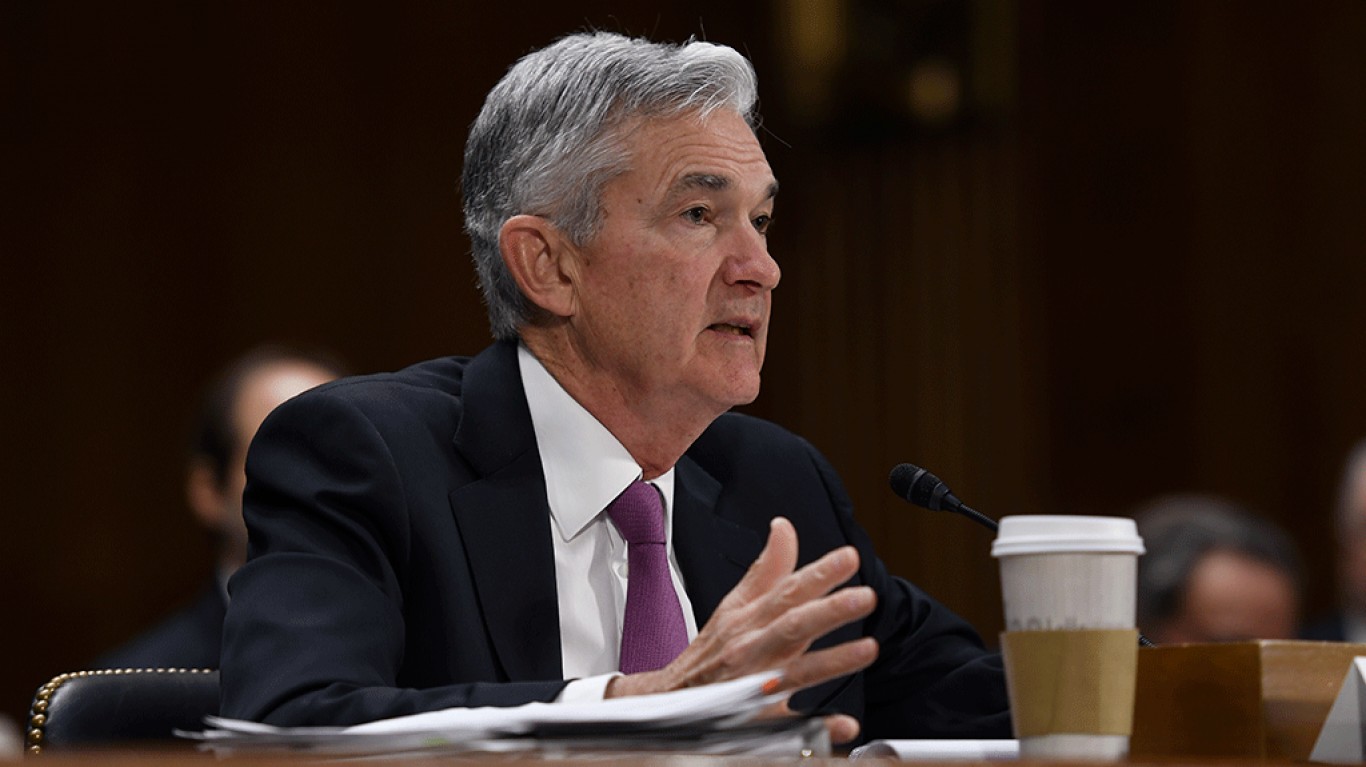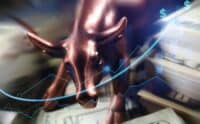
We expect another big week in the market indices, what with Q2 earnings season gaining traction in industries beyond banking, a big Personal Consumption Expenditure (PCE) report out Friday morning, and, of course, the next Federal Open Market Committee (FOMC) meeting starting tomorrow and concluding with new interest rate policy Wednesday. It’s now widely expected that a 25 basis-point (bps) rate hike is on the way — the first rate hike since early May, which (temporarily?) concluded 10 straight rate hikes, for a grand total of 500 bps since March of 2022.
The initial idea was for the Fed to put a long tail on rate hikes, depending on data, and after three 25 bps raises from February through May, the June pause gave a strong signal that the cycle of rate hikes was either fully or mostly concluded, and market indices rose as a result. Even this week’s expected hike has mostly been absorbed into expectations — although a following rate hike in September is not currently priced into the market. Wednesday’s hike would bring us to the highest Fed funds rate since March of 2001; another 25 bps on top of that would be the highest since January of that year.
Today’s pre-market is up slightly — the Dow is +42 points at this hour, the S&P 500 +8 and the Nasdaq +29 points, all within range of each other, percentage-wise — following a flattish end to last week that marked the end of the strong rally higher on Thursday. Prior to that, we saw 4%+ gains on all the major indices over the past month, with the small-cap Russell 2000 +7% for the month. Overall valuations no doubt played a part in this dial-back, as buying on futures came back into fashion after a long slog through 2022. (It was yet another way early 2001 came back in style.)
Also today, the rebalancing on the Nasdaq 100 — the “Magnificent 7” stocks that made up more than 50% of the sub-index is being curbed, with Nvidia NVDA and Microsoft MSFT both being brought down -3% — is on tap, which may provide a near-term impact as rebalancing gets sorted. But so far this morning, we don’t look much bothered by this predicament. Perhaps part of the sideways trading late last week boiled some of this down ahead of time.
After today’s opening bell, S&P PMI Manufacturing and Services, both for July, will be hitting the tape, with Manufacturing expected to tick up (though still below the 50-mark, which indicates growth versus loss), and Services to tick down (though, at 54, still well above that same 50-mark). This week also brings us Q2 earnings reports from the aforementioned Microsoft, as well as Google-parent Alphabet GOOGL, both on Tuesday after the close. Amazon AMZN reports Thursday afternoon. By the end of this week, we will have a clearer picture of Q2 overall, and clearer guidance (hopefully) for the second half of the year.
Amazon.com, Inc. (AMZN): Free Stock Analysis Report
Microsoft Corporation (MSFT): Free Stock Analysis Report
NVIDIA Corporation (NVDA): Free Stock Analysis Report
Alphabet Inc. (GOOGL): Free Stock Analysis Report
To read this article on Zacks.com click here.
This article originally appeared on Zacks
Travel Cards Are Getting Too Good To Ignore (sponsored)
Credit card companies are pulling out all the stops, with the issuers are offering insane travel rewards and perks.
We’re talking huge sign-up bonuses, points on every purchase, and benefits like lounge access, travel credits, and free hotel nights. For travelers, these rewards can add up to thousands of dollars in flights, upgrades, and luxury experiences every year.
It’s like getting paid to travel — and it’s available to qualified borrowers who know where to look.
We’ve rounded up some of the best travel credit cards on the market. Click here to see the list. Don’t miss these offers — they won’t be this good forever.
Thank you for reading! Have some feedback for us?
Contact the 24/7 Wall St. editorial team.





